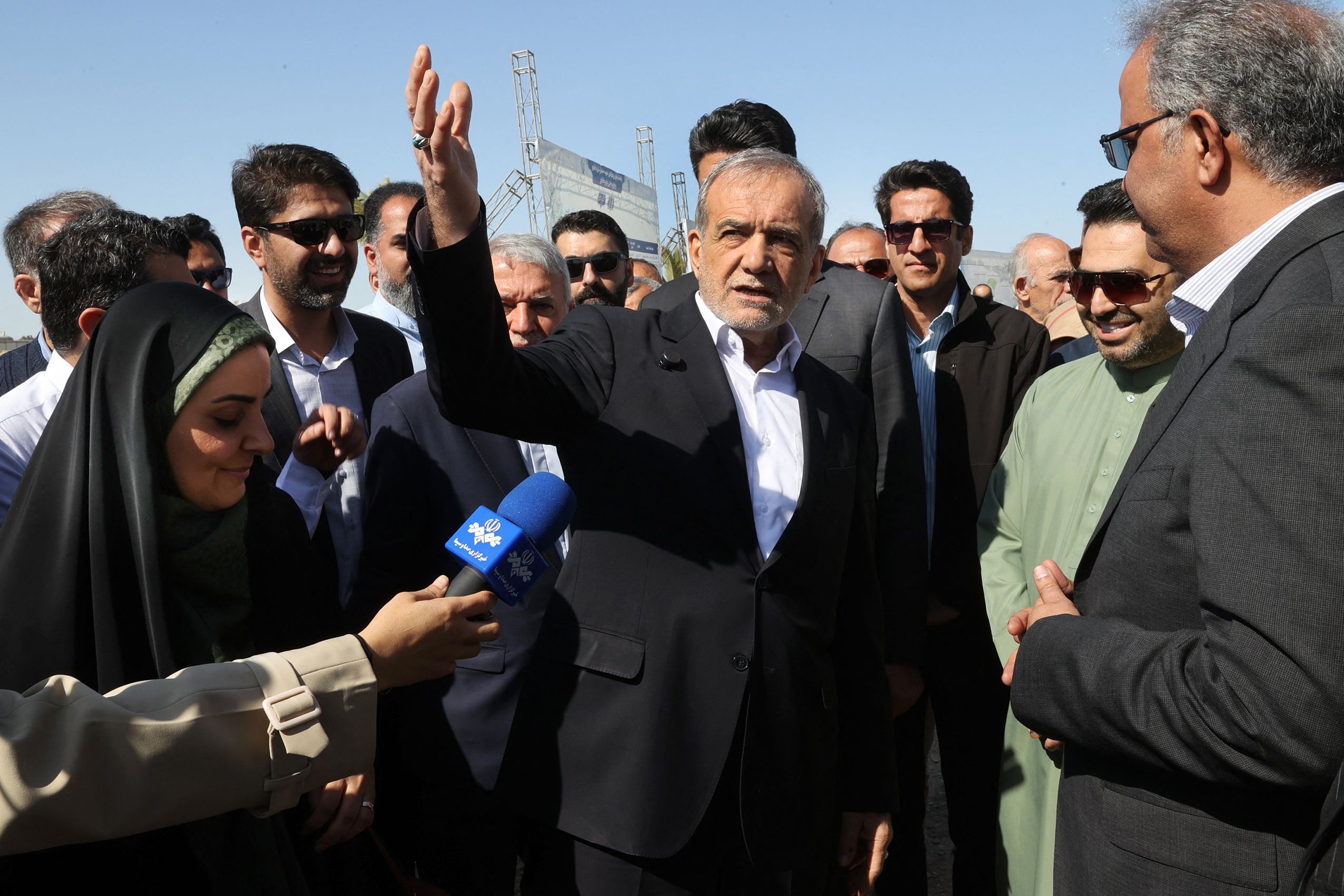« Diamond necklace » against « pearl necklace »

Part of a wider puzzle
Both ports are just over a hundred miles apart, at the border between countries: Guadar – in the West of Pakistan, Chabachas in the very east of Iran.
Both of them are located in the Gulf of Oman and the Arabian Sea, where oil and gas from the Gulf is intensively transported, thus allowing port managers to control this marine road.
In the perspective, ports can also become transit of Afghanistan, Central Asian countries and Russia.
In India and China, the United States is consistently on the Indian side.
For this reason, the US had even exceptioned from its sanctions on Iran – allowing Indian campaigns to invest in the development of the Chabachas port.
Guadar has no connection to Pakistan on the railway network and is not planned at the time.
Such a connector must be replaced by an existing highway. The port is at the end of the transcontinental road from China to the Indian Ocean.
The Chabachas port will connect the 700 kilometer line to the city of Zachedan with the Iran railway network.
Construction has been going on since 2020, but sluggish: the trail relief is complex, with 17 kilometers of tunnels and 20 kilometers of bridges.
The estimate of the road project is one and a half billion dollars. In addition, the railway buildings themselves are special.
Building Islamic guards
The Chabachas port and the free economic zone are owned by Indian companies, but the Indians are reluctant to enter the construction business, only their money is desirable, and the locals must realize the contracts.
In the Iranian junction, the Islamic Revolutionary Guard Corps is not only an armed force to complement the regular army.
It is a powerful economic structure with strongest positions in transport and construction.
Thus, most of the port is being built by its entire railway route.
Visionary: Iranian President Masoud Pezeshkian Chabachare, January 2025. The country’s authorities are now trying to move the ambitious, but already derived project. Photo by Scanpix
These Islamic Revolutionary Guards build sluggish, and over five years, the railway was slightly moved.
The ports in question are also united by the fact that they are both developed in ethnic Beludian lands and excluding their tribes into the process.
Beludi is an Indo -European nation that speaks different language than the Persians (Farsi) and professes the Suns.
Thus, both language and religion distinguish them from the majority of Iranian inhabitants.
Chabachas are in the province where terrorist acts against the central power of Tehran are common.
The Pakistan Beludian struggle against the central power of Pakistan is even fiercer. Chinese engineers and workers are regularly killed in the province.
Thus, the roads to the ports and the ports themselves will have to be further protected from terrorist acts.
This will cherish services and reduce their competitiveness. Will also reduce the reliability of cargo delivery.
And in modern logistics, compliance with terms and cargo security are critical indicators.
The loading numbers are modest
There are modest loads of these ports. Last year, Chabachas loaded 64,245 thousand. TEU and just over 2 million tons of other cargo.
The port has some regional importance to the southwestern Afghanistan, duplication of the main mountain country, Pakistan) – Kabul’s transport corridor.
The port of Guadar, announced, loads only 1 percent. Pakistan’s port carriers. It is also used in the country’s navy, but it is, of course, not economically meaningful to use it.
Looking at the perspective of both these ports, it is worth noting that neither Iran nor Pakistan feel the lack of port capabilities.
Existing cargoes are capable of serving historical, long -standing ports of the Bandre Abasas (Iran) and Karachi (Pakistan) ports.
The eccentric location of new ports restricts their back in the countries itself and makes a highly dependent transit from Central Asia.
The new ports are more needed by the external characters. By accepting China and India’s investments in the ports of Guadar and Chabachas, the parties restrict their subjectivity and will have to coordinate foreign policy with new partners.
Both ports are located in the Gulf of Oman and the Arabian Sea, where oil and gas from the Gulf of Persian are intensively transported, thus allowing you to control this marine road.
Transport corridors are often plotted on the world trading tracks, looking at the globe and ignoring significant political and socio -cultural characteristics that prevent them from acting effectively.
Perhaps the most striking example of such a corridor is the northern -south of St. Petersburg in Russia through Iran to Mumbai in India.
It was first tested by Russian merchant Afanasius Nikitin in the 15th century. Since then, the perspective of this corridor has been, remained and will be for a long time only bright, without significant practical achievements.
The ports of this corridor, alongside their other functions, include the ports of Guadar and Chabachas.








